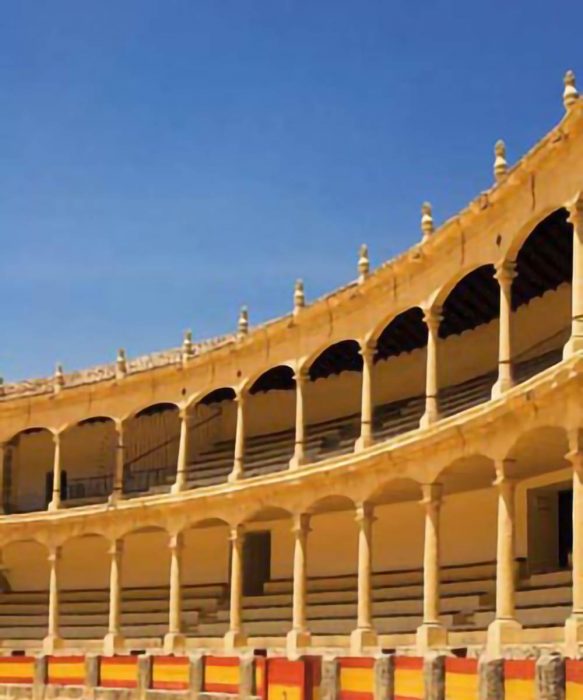Property of the Real Maestranza de Caballería de Ronda, it is one of the monuments with the greatest personality in Andalusia, and its existence represents an essential chapter in the history of bullfighting. The legend of this severe and impressive bullring spreads throughout the evolution of the art of bullfighting, and its architecture continues to fascinate those who have the opportunity to visit it.
The definitive consecration of bullfighting as an eminently popular festival occurs during the reign of Felipe V and is consolidated throughout the 18th century. Bullfighting is becoming more professional, and the need for enclosed venues with capacity for spectators to defray the costs by paying their tickets is growing. In this way, the first exempt places appear. The Reales Maestranzas, with the construction of their bullrings, played a fundamental role in the establishment of aesthetic canons that would serve as a model of an architecture. Of the five Maestranzas (Ronda, Seville, Granada, Valencia and Zaragoza), it was the three Andalusian women who built their bullrings.
The construction of the Ronda Bullring is supported on the one hand by the interest of the Maestranza, and on the other by a bullfighting tradition of constant validity. Ronda had its places where bullfighting festivals were usually held, which coincide with the location where the Maestranza practiced its exercises: Plaza del Pozo, in the San Francisco neighborhood; Plaza del Campillo, on the edge of the Tagus; Plaza Mayor, in which the balcony of the Collegiate Church of Santa María, added to the temple at the end of the 16th century, served as a platform for authorities and personalities.
The particularity of Ronda is that the scene of the festival passes directly from the Plaza Mayor to the Plaza de Toros, built for this purpose, free from the urban area, without going through the provisional nature of a wooden plaza of other cities.

